Williamson Mine (Mwadui mine; Mwaudi kimberlite pipe; Wilsons pipe), Mwadui, Shinyanga Region, Tanzaniai
| Regional Level Types | |
|---|---|
| Williamson Mine (Mwadui mine; Mwaudi kimberlite pipe; Wilsons pipe) | Mine |
| Mwadui | - not defined - |
| Shinyanga Region | Region |
| Tanzania | Country |
This page is currently not sponsored. Contact us for sponsorship opportunities.
Latitude & Longitude (WGS84):
3° 31' 1'' South , 33° 36' 29'' East
Latitude & Longitude (decimal):
Type:
Köppen climate type:
Nearest Settlements:
| Place | Population | Distance |
|---|---|---|
| Mwadui | 23,296 (2016) | 3.8km |
| Songwa | 23,618 (2016) | 10.1km |
| Old Shinyanga | 23,747 (2016) | 23.4km |
| Shinyanga | 107,362 (2016) | 26.4km |
| Kishapu | 16,371 (2018) | 30.7km |
Owned/operated by:
Petra Diamonds Ltd (75%)
Mindat Locality ID:
16730
Long-form identifier:
mindat:1:2:16730:8
GUID (UUID V4):
3184b3d5-9d68-4bab-89d9-386282e6253d
Williamson is an open pit operation based upon the 146-hectare Mwadui kimberlite pipe, which is the world’s largest economic kimberlite to have seen continuous mining.
The Williamson mine was discovered in 1940 by Dr. John Williamson, a Canadian geologist, and is the largest economic primary diamond deposit to be in continuous production. Williamson has been successfully mined for over 70 consecutive years, and as such holds the record for the world’s longest-running uninterrupted diamond mining operation.
By the 1950s the mine had developed into a successful operation with equipment that was state-of-the-art for its time and a labour force of several thousand. The mine was closely managed by Dr. Williamson until his death in 1958. During this period production was predominantly from near-surface eluvial deposits that had undergone significant secondary diamond concentration, with grades that ranged from 30 cpht to 100 cpht and an annual production approaching 1 Mcts.
In 1958, the mine was sold to an equal partnership between De Beers and the colonial Government of Tanganyika. De Beers operated the mine until 1973. Tonnages and carats produced increased dramatically during this period, but grades dropped to well below 30 cpht as the open pit entered primary RVK (resedimented volcaniclastic kimberlite) material underneath the near-surface zone of eluvial enrichment.
From 1974 to 1993, the mine was operated by STAMICO (the Tanzanian State Mining Organisation). Grades varied between 5 and 12 cpht and diamond output fell dramatically relative to the previous 15 years to approximately 70,000 carats per annum. In 1993 De Beers returned to Williamson as operators, together with a recapitalisation and ownership restructuring. Production increased to approximately 195,000 carats per annum to 2005. De Beers announced it would be selling its 75% interest to Petra Diamonds in November 2008, and the acquisition of Williamson in February 2009.
Williamson is renowned for ‘bubblegum’ pink diamonds, including the Williamson Pink, which is considered one of the finest pink diamonds ever discovered. It was found in October 1947 weighing 54 carats in the rough. The mine, then owned by the Canadian geologist and royalist Dr. John Williamson, gave the diamond to Princess Elizabeth in 1947 as a wedding present. It was cut into a 23 carat round brilliant and set as the centre of a brooch in the form of a jonquil flower, designed and set by Cartier in 1953 – see our Diamond Heritage.
The mine also produces beautifully rounded white diamonds of high quality.
Select Mineral List Type
Standard Detailed Gallery Strunz Chemical ElementsCommodity List
This is a list of exploitable or exploited mineral commodities recorded at this locality.Mineral List
4 valid minerals.
Rock Types Recorded
Note: data is currently VERY limited. Please bear with us while we work towards adding this information!
Select Rock List Type
Alphabetical List Tree DiagramDetailed Mineral List:
| ⓘ Chromite Formula: Fe2+Cr3+2O4 |
| ⓘ Diamond Formula: C References: |
| ⓘ 'Garnet Group' Formula: X3Z2(SiO4)3 |
| ⓘ Graphite Formula: C |
| ⓘ Kyanite Formula: Al2(SiO4)O |
List of minerals arranged by Strunz 10th Edition classification
| Group 1 - Elements | |||
|---|---|---|---|
| ⓘ | Diamond | 1.CB.10a | C |
| ⓘ | Graphite | 1.CB.05a | C |
| Group 4 - Oxides and Hydroxides | |||
| ⓘ | Chromite | 4.BB.05 | Fe2+Cr3+2O4 |
| Group 9 - Silicates | |||
| ⓘ | Kyanite | 9.AF.15 | Al2(SiO4)O |
| Unclassified Minerals, Rocks, etc. | |||
| ⓘ | 'Garnet Group' | - | X3Z2(SiO4)3 |
List of minerals for each chemical element
| C | Carbon | |
|---|---|---|
| C | ⓘ Diamond | C |
| C | ⓘ Graphite | C |
| O | Oxygen | |
| O | ⓘ Garnet Group | X3Z2(SiO4)3 |
| O | ⓘ Kyanite | Al2(SiO4)O |
| O | ⓘ Chromite | Fe2+Cr23+O4 |
| Al | Aluminium | |
| Al | ⓘ Kyanite | Al2(SiO4)O |
| Si | Silicon | |
| Si | ⓘ Garnet Group | X3Z2(SiO4)3 |
| Si | ⓘ Kyanite | Al2(SiO4)O |
| Cr | Chromium | |
| Cr | ⓘ Chromite | Fe2+Cr23+O4 |
| Fe | Iron | |
| Fe | ⓘ Chromite | Fe2+Cr23+O4 |
Other Databases
| Wikipedia: | https://en.wikipedia.org/wiki/Williamson_diamond_mine |
|---|
Other Regions, Features and Areas containing this locality
African Plate
- Tanzania CratonCraton
Somali PlateTectonic Plate
Tanzania
- Geita Region
- Lake Victoria GoldfieldMining Field
This page contains all mineral locality references listed on mindat.org. This does not claim to be a complete list. If you know of more minerals from this site, please register so you can add to our database. This locality information is for reference purposes only. You should never attempt to
visit any sites listed in mindat.org without first ensuring that you have the permission of the land and/or mineral rights holders
for access and that you are aware of all safety precautions necessary.
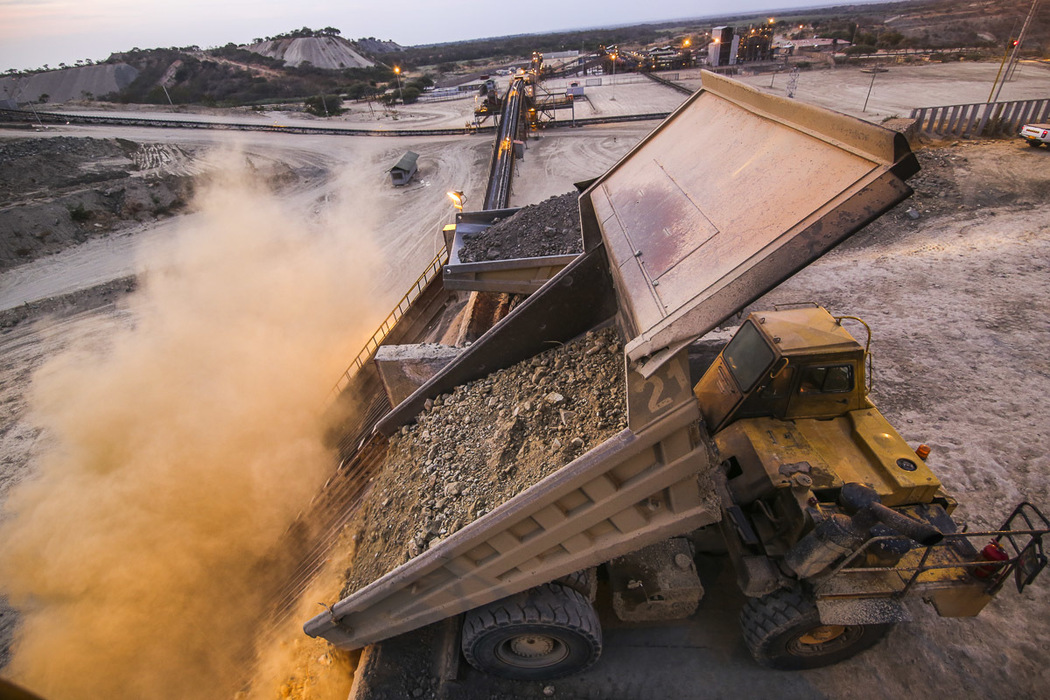
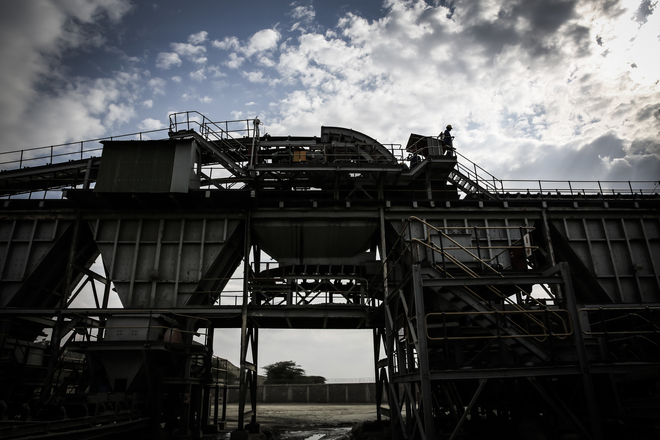
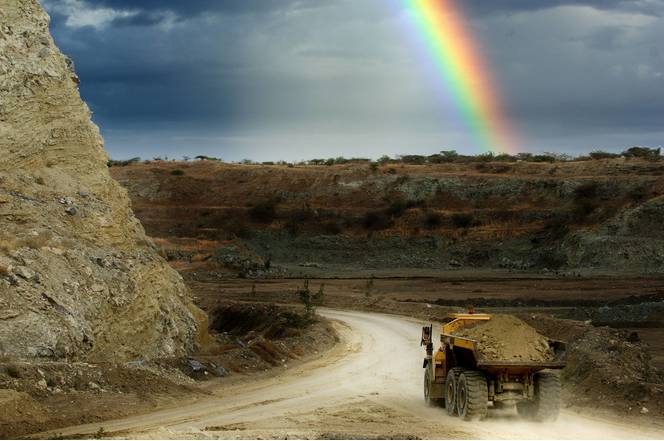
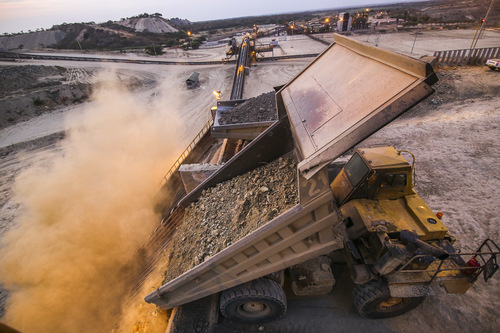
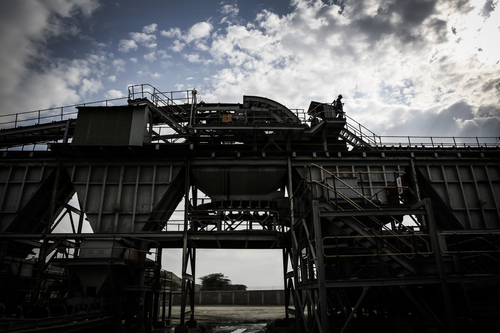





Williamson Mine, Mwadui, Shinyanga Region, Tanzania